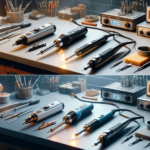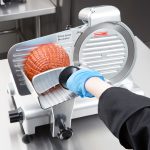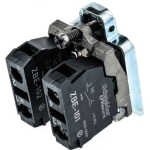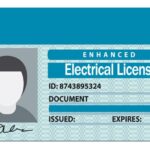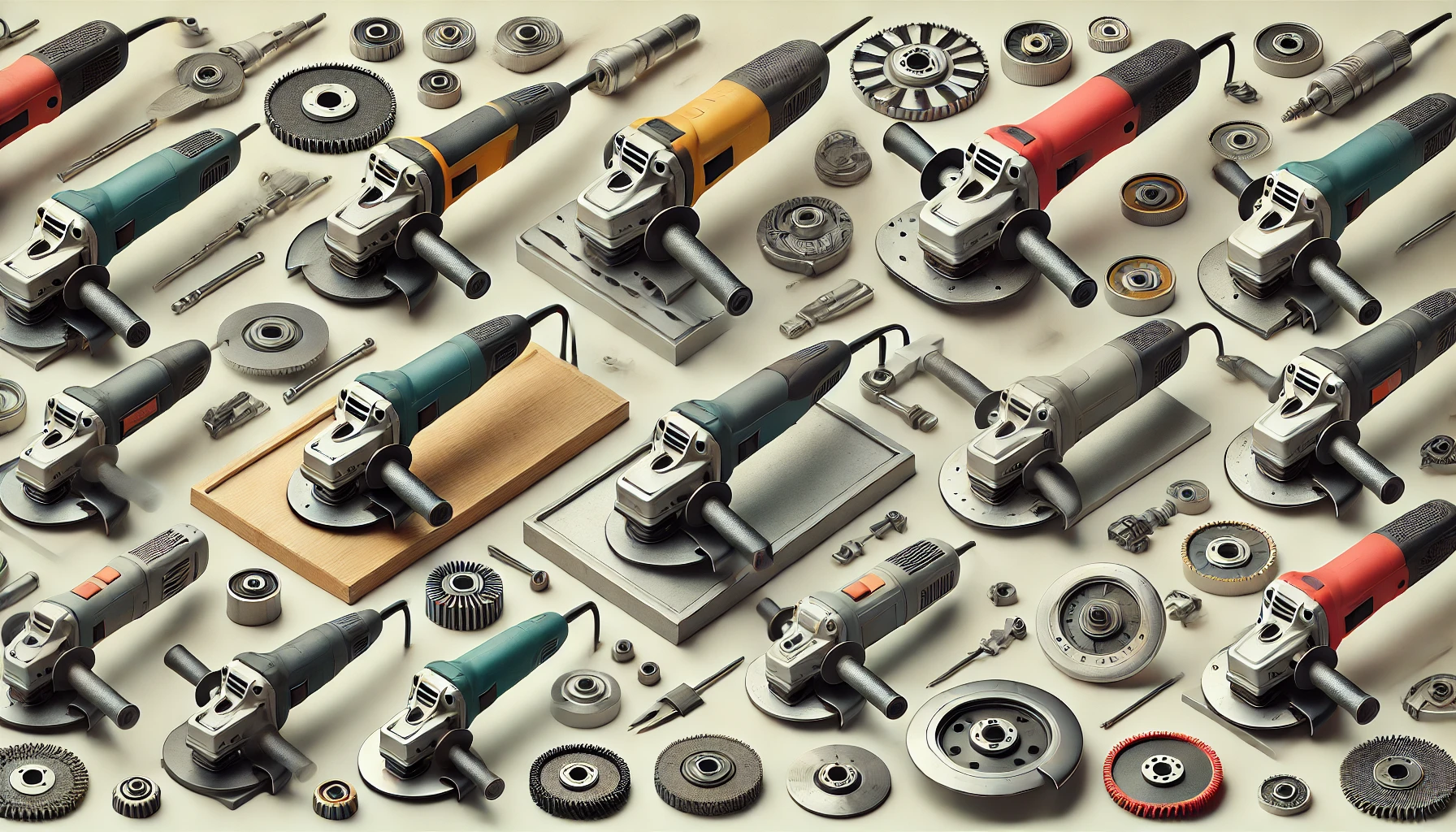
Introduction
Grinding machines have become essential tools in various industries, from metalworking to culinary arts. The two main types that dominate the market: manual and electric, each with unique advantages and drawbacks. The choice between manual and electric grinders can significantly impact efficiency, cost, and quality of work. This article compares these grinding tools by analysing their pros and cons to help you make an informed decision for your needs.
Understanding the Basics of Grinding Tools
Grinding tools are used to shape, polish, or smooth materials or surfaces through abrasion. They utilise the abrasive wheels – the heart of a grinder – made of abrasive particles to remove materials through a cutting action. Grinding tools come in various forms, including angle, bench, portable, abrasive, and belt grinders, each designed for specific applications. It’s made of bonded abrasive particles that cut and shape the material. Grinding machines are crucial in metalworking, woodworking, and even in the culinary industry for tasks like grinding spices or coffee beans.
What are Manual Grinders? An Overview
They are handheld devices designed to grind various materials and surfaces that involve a hand-crank mechanism. These hand-operated devices have been around for centuries, providing a simple yet effective way to grind materials. Manual grinders are available in various types, such as a handheld portable grinder and a manual coffee grinder. Their basic mechanics involve physical force applied by the user to rotate the grinding mechanism, allowing for precise control.
What are Electric Grinders? An Overview
They are also called corded or power grinders, are versatile power tools designed to grind a variety of surfaces and materials using electricity. These devices come in both corded and cordless models for cutting, grinding, and polishing tasks in various applications. An electric grinder comes in several types, including angle grinders, bench grinders, and electric coffee grinders. Additionally, corded models utilise a motor to drive the grinding mechanism, offering speed and efficiency that manual grinders can’t match.
Unleashing the Pros and Cons of Manual and Electric Grinders
Comparing the advantages and drawbacks of manual and electric grinders is crucial for consumers to make informed purchasing decisions. Let’s delve into their brief comparison by examining various factors:
Pros of Manual Grinders
Affordability: One of the key advantages of manual grinders is cost-effectiveness. They are generally more economical than their electric counterparts and require minimal maintenance.
Portability: Portability is another significant benefit, as they do not depend on a power source, making them ideal for on-the-go use or in remote areas.
Control and Precision: Manual grinders offer a high degree of control and precision, allowing users to fine-tune the grinding process.
Eco-Friendly and Quiet Operation: They produce no emissions and are very quiet, making them environmentally friendly and suitable for noise-sensitive areas.
Cons of Manual Grinders
They are beneficial in many ways; however, they also have their drawbacks, such as:
Labour Intensive: The physical effort required can be substantial, especially for tough materials. This can lead to fatigue and limit the amount of work that can be done in one session.
Limited Functionality: These tools are generally slower than electric grinders, which can be a significant drawback for time-sensitive tasks.
Less Powerful: They have limitations in terms of power and speed than their electric counterparts.
Inconsistency: Achieving a consistent grind can be challenging, especially for beginners.
Pros of Electric Grinders
Efficiency and Speed: Electric grinders shine in terms of efficiency and speed. They can complete grinding tasks much faster than manual models, making them perfect for large-scale projects or commercial use.
Versatility: Their versatility is also noteworthy; electric grinders can handle multiple materials and grinding tasks.
Ease of Use/Adjustable Settings: They are easy to use, often featuring ergonomic designs and adjustable settings for precise control.
Consistent results: High-quality electric models provide consistent and even grinds.
Cons of Electric Grinders
High Price: The primary disadvantages of electric grinders include their higher initial cost, which tends to be more expensive than their manual counterparts.
Power Dependence: For corded models, access to a power outlet is necessary, which can limit mobility. Cordless grinders also depend on battery life, which can be limiting.
Require Maintenance: Maintenance can also be more demanding, as electric grinders have more components that can wear out over time. There’s also the risk of over-grinding, which can damage delicate materials if not properly monitored.
Noise and Vibration: Electric models are often louder and produce more vibration, which might require additional safety measures like hearing protection.
Which is Right for You? Manual or Electric
The best choice depends on your personal preferences, type of work, and needs. If you prioritise portability, budget, and quiet grinding experience, a manual grinder is an ideal option. If you value speed, convenience, and consistency, an electric grinder is the better choice.
Concluding Remarks
When comparing manual and electric grinders, performance is a key consideration. Electric models generally outperform manual ones in terms of speed and versatility and are ideal for larger projects. However, the manual ones offer better control and are a more cost-effective option for small or delicate tasks. The choice between the two often depends on the nature of the work and the preferences of the user.







